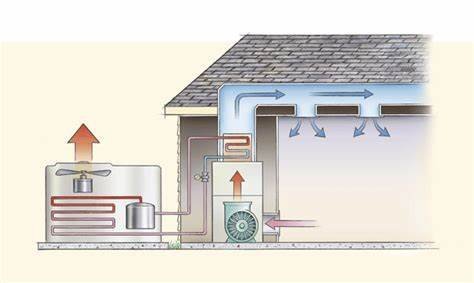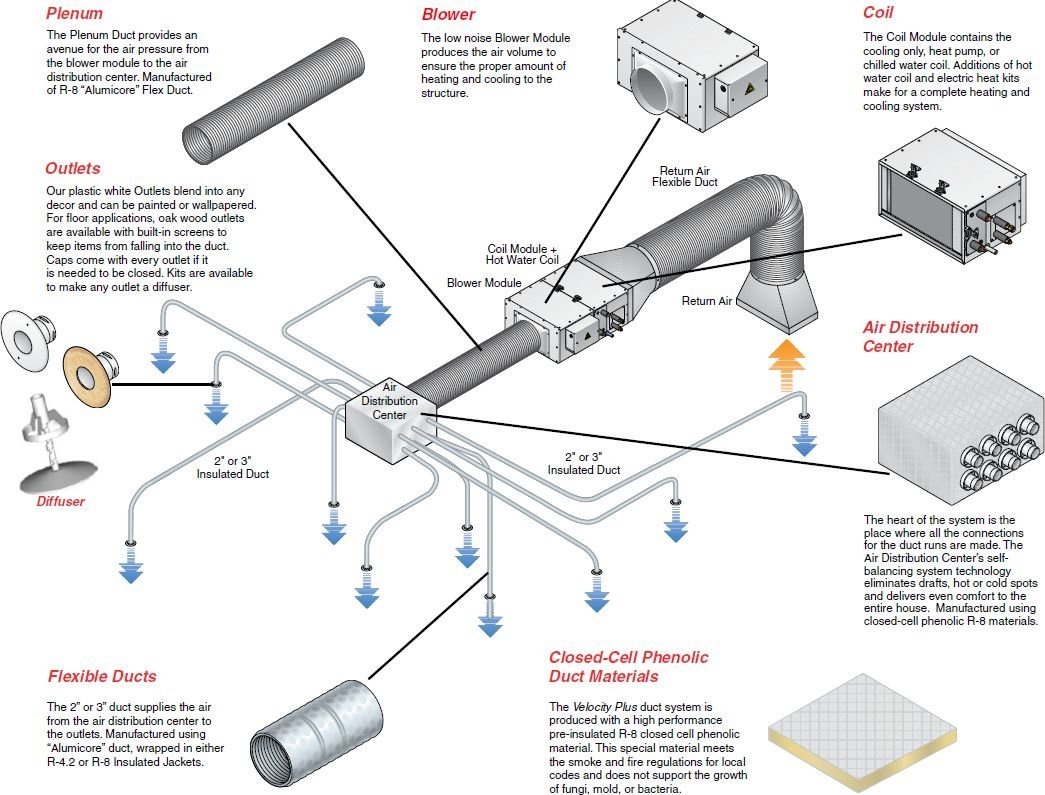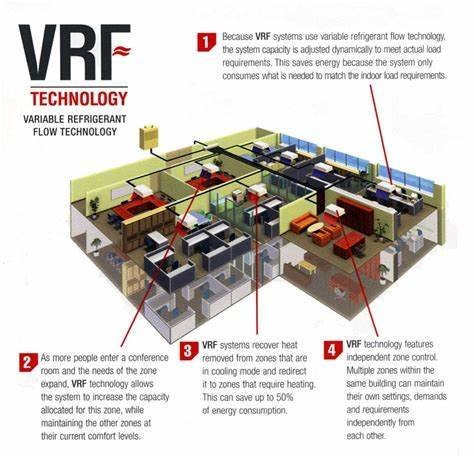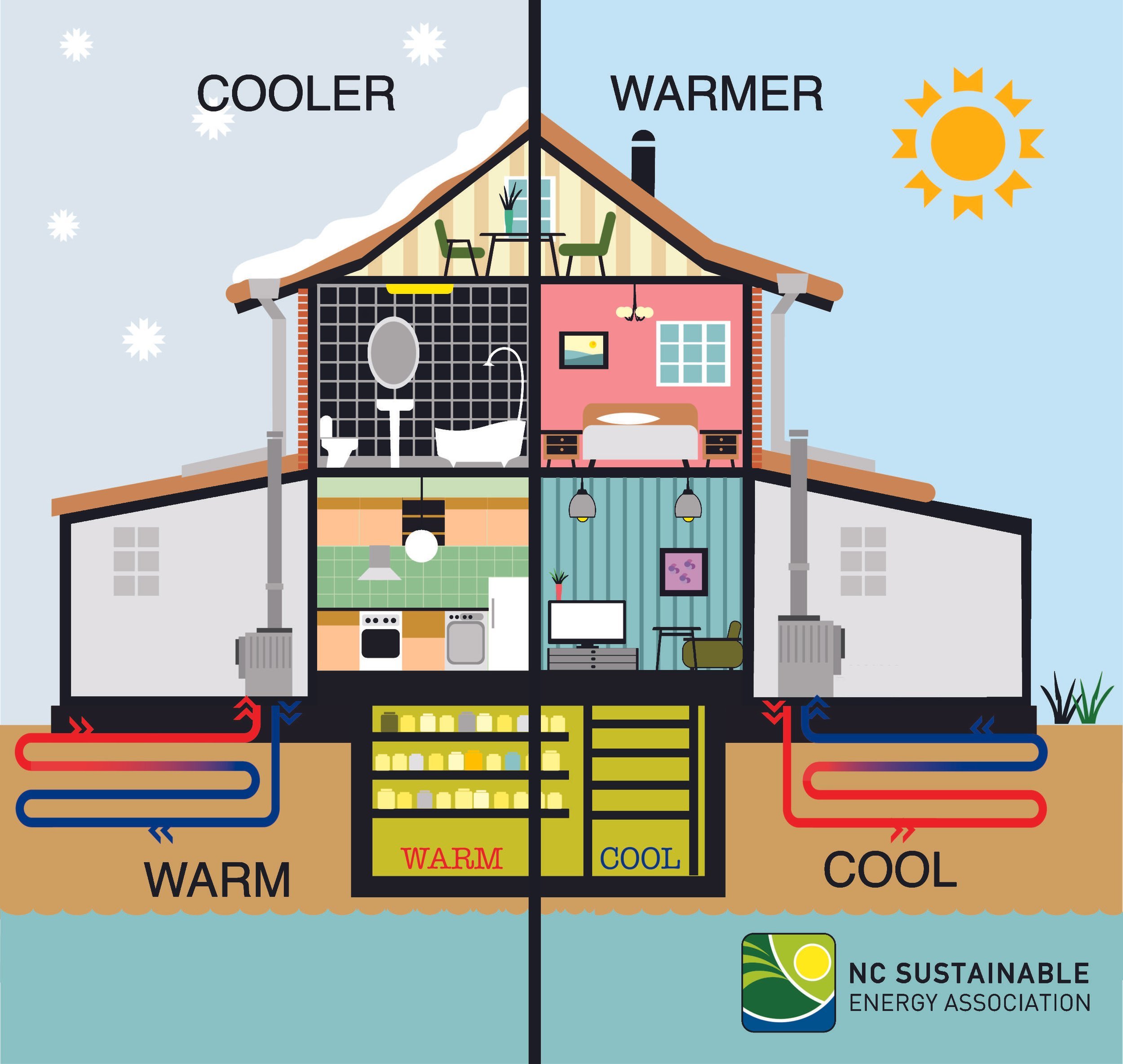HVAC Systems
Heating, ventilation, and air conditioning (HVAC) can pose unique challenges in historic properties. Balancing the preservation of historical integrity with the necessity of modern comfort is a delicate task, while also making the system cost-effective for owners.
Understanding the Challenge
The primary challenge in implementing HVAC systems in historic properties lies in the need to maintain the building’s historical authenticity while ensuring occupant comfort and structural preservation. Many historic buildings were constructed without modern climate control systems, relying instead on passive ventilation techniques, architectural designs such as thick walls and partitioned rooms and other methods for natural temperature regulation.
Preservation - Friendly HVAC Solutions
Advancements in HVAC technology have led to the development of tailored solutions for historic properties. These systems aim to provide optimal comfort while minimizing alterations to the building’s original structure and aesthetics. Some key preservation-friendly HVAC solutions include:
Traditional Split System
The traditional split system comprises an outdoor condenser unit and an indoor evaporator coil connected by refrigerant lines. It’s the most common type of HVAC system found in residential properties.
-
Description: Traditional split systems are among the most common and widely used HVAC solutions in residential, commercial and industrial properties. Comprising an outdoor condenser unit and an indoor evaporator coil connected by refrigerant lines, these systems offer efficient heating and cooling capabilities while providing comfort to occupants.
Pros: Cost-effective, relatively easy to install and suitable for mall to medium-sized properties
Cons: Requires ductwork for air distribution which may not be feasible in many historic properties. Efficiency depends on the quality of insulation and duct sealing
Ductless Mini-Split System
Ductless mini-split systems consist of an outdoor compressor unit and one or more indoor air-handling units mounted on walls or ceilings. Refrigerant lines connect the indoor and outdoor units.
-
Description: Ductless mini-split systems offer a flexible solution for historic properties, as they require minimal structural modifications. These systems consist of an outdoor compressor unit connected to one or more indoor air handlers via small refrigerant lines. They can provide both heating and cooling without the need for extensive ductwork, minimizing the installation hassle and preserving the building’s original architecture.
Pros: Provides zone-based heating and cooling, energy efficient, easy installation without ductwork, ideal for retrofitting older properties or room additions.
Cons: Initial cost may be higher than traditional systems, and aesthetics of indoor units may not suit all preferences.
High Velocity System
High-velocity flow systems utilize smaller, flexible ductwork and a specialized air handler to deliver air at a higher velocity than traditional systems.
-
Description: High-velocity HVAC systems utilize small ducts that can be discreetly installed within existing walls, floors or ceilings. This minimizes the need for extensive alterations to the building’s structure while providing efficient heating and cooling. High-velocity systems are particularly well-suited for retrofitting historic properties where traditional ductwork is impractical.
Pros: Require smaller, flexible ductwork making them ideal for retrofitting existing spaces, distribute air evenly reducing hot / cold spots, energy efficient and quick response.
Cons: Potential to be noisy due to high-velocity flow, limited airflow capacity, complex installation and higher initial cost.
Variable Refrigerant Flow HVAC
VRF systems use refrigerant as the cooling / heating medium and can vary the flow rate to different indoor units based on demand.
-
Description: VRF systems offer precise temperature control and zoning capabilities, making them well-suited for historic properties with varying occupancy levels or usage patterns. These systems use refrigerant as the cooling and heating medium, eliminating the need for bulky ductwork and minimizing alterations to the building’s structure.
Pros: Precise temperature control, energy-efficient, zoning capabilities, quieter operation, suitable for properties with varying occupancy or usage patterns.
Cons: Complex installation and commissioning, requires specialized training for maintenance, initial cost may be higher than traditional systems.
Geothermal Heat Pump
Geothermal heat pumps utilize the stable temperature of the earth to provide heating, cooling and hot water. They consist of underground loops filled with refrigerant solution and a heat pump unit indoors.
-
Description: Geothermal heat pumps offer an eco-friendly solution for historic properties, utilizing the stable temperature of the earth to heat and cool indoor spaces. These systems require minimal outdoor equipment, making them ideal for properties where preserving exterior aesthetics is paramount. Additionally, geothermal heat pumps can provide significant energy savings over traditional HVAC systems, reducing long-term operational costs.
Pros: Highly energy-efficient, lower operating costs over time, long lifespan, environmentally friendly, may be eligible for tax incentives and rebates.
Cons: Higher upfront cost due to installation of underground loops, may require adequate space for drilling or excavation, suitability depends on geological conditions.
Preservation Friendly Heating, Ventilating and Cooling
The NPS offers briefs on a variety of different preservation topics. For HVAC, Preservation Brief 24: Heating, Ventilating, and Cooling Historic Buildings: Problems and Recommended Approaches offers great information on a variety of HVAC topics and recommendations.
Please see the embedded brief below or use the link here: NPS Preservation Brief 24






